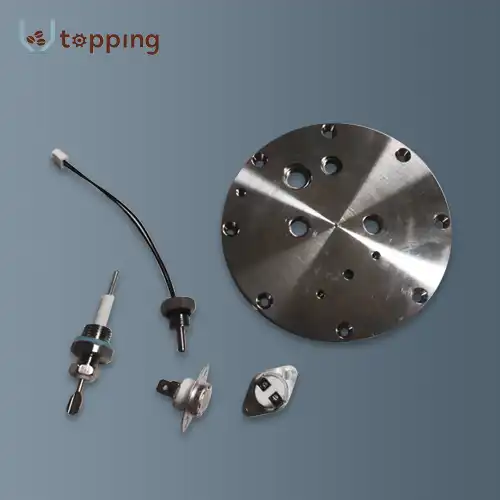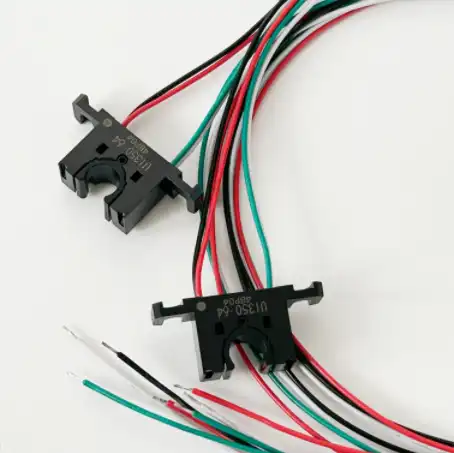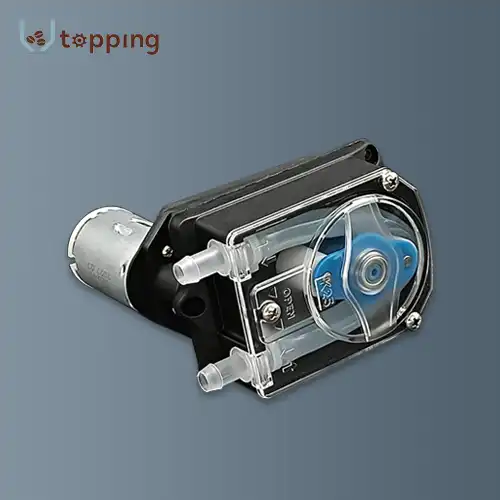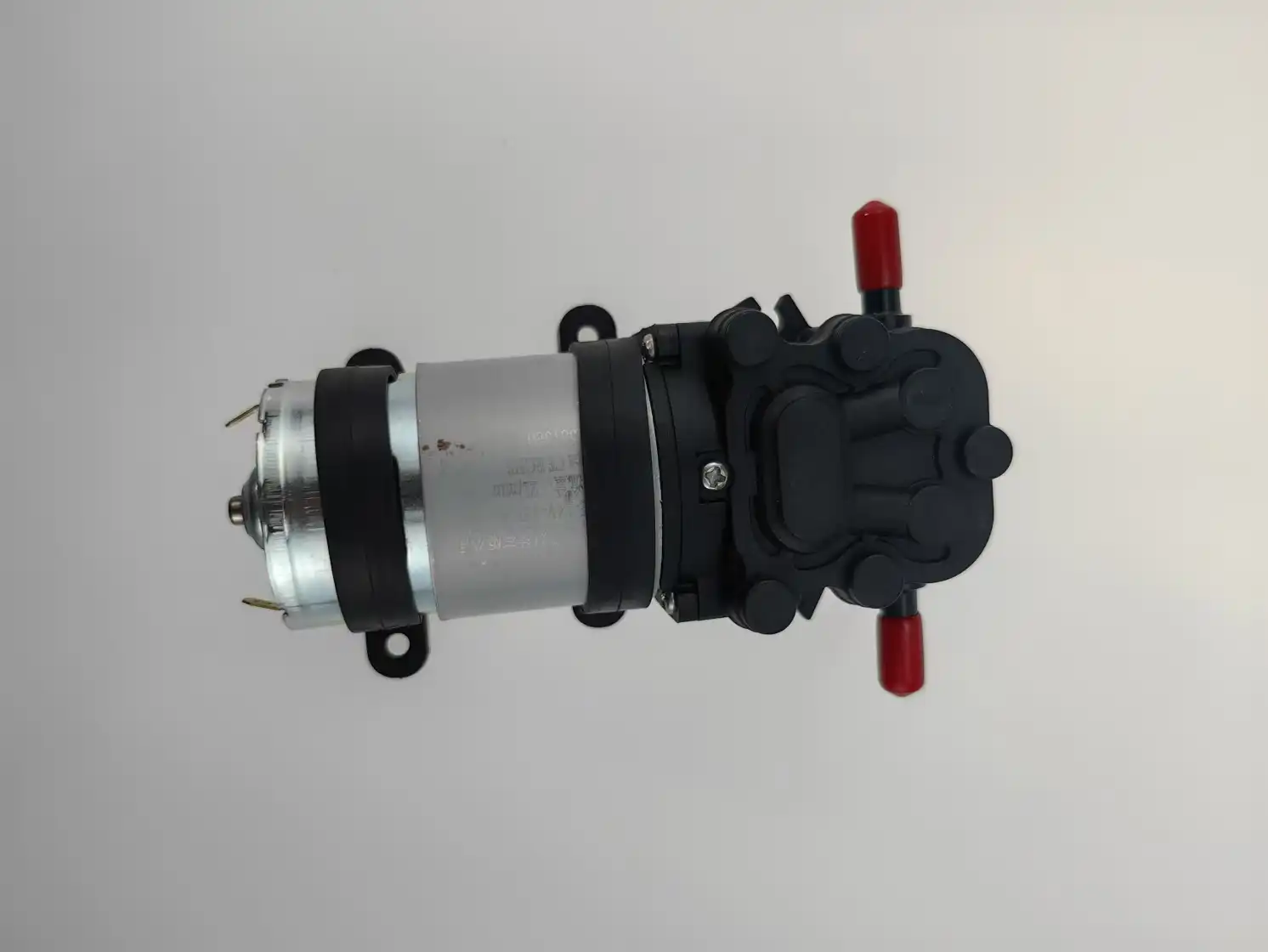How Do Mixing Systems Impact the Efficiency of Coffee Vending Machines?"
2024-06-19 14:14:03
Introduction
Coffee vending machines have become a staple in many environments, providing a quick and convenient way to enjoy a cup of coffee. The efficiency of these machines is crucial for delivering high-quality coffee swiftly and consistently. A key component that influences this efficiency is Coffee Vending Machine Mixing Systems. This blog will explore the role of mixing systems in coffee vending machines and how they impact overall efficiency. By examining this crucial aspect, we can understand the intricacies involved in creating a seamless coffee experience.

How Do Mixing Systems in Coffee Vending Machines Work?
The core of a coffee vending machine’s efficiency lies in its mixing system. Understanding how these systems work is essential to grasp their impact on the machine’s performance. Here’s an overview of the mechanisms and processes involved:
1. Ingredient Storage and Dispensing: Coffee vending machines store ingredients such as coffee grounds, milk powder, sugar, and flavorings in separate compartments. These compartments are designed to keep the ingredients fresh and dry. The dispensing units are calibrated to release precise amounts of each ingredient, ensuring that the correct proportions are used for every cup of coffee.
2. Mixing Chamber Dynamics: Once the ingredients are dispensed, they enter the mixing chamber. This chamber is equipped with mechanisms such as stirring rods, agitators, or ultrasonic mixers that thoroughly blend the ingredients. The efficiency of the mixing process is crucial for achieving a homogeneous mixture, which directly affects the taste and consistency of the coffee.
3. Water Heating and Mixing: The water used in brewing is heated to an optimal temperature by the machine’s heating system. Consistent water temperature is essential for extracting flavors from the coffee grounds. The heated water is then mixed with the dry ingredients in the mixing chamber. Efficient mixing ensures that all ingredients are dissolved and blended properly, resulting in a balanced flavor.
4. Sequential Dispensing and Mixing: The order in which ingredients are added and mixed can significantly impact the efficiency and quality of the coffee. Typically, hot water is added first to dissolve sugar and milk powder before the coffee grounds are introduced. This sequence ensures that all components are adequately mixed, preventing clumps and ensuring a smooth beverage.
5. Automated Cleaning Systems: To maintain efficiency, coffee vending machines often include automated cleaning systems. These systems clean the mixing chamber and other components regularly, preventing residue buildup and ensuring that the machine operates smoothly. Clean mixing systems are essential for maintaining the quality and speed of coffee preparation.
Understanding the working mechanisms of Coffee Vending Machine Mixing Systems, highlights their critical role in ensuring that coffee vending machines operate efficiently and deliver high-quality coffee consistently.
How Do Efficient Mixing Systems Enhance Coffee Quality?
Efficient mixing systems are not only about speed but also about enhancing the quality of the coffee produced. Here’s how they contribute to superior coffee quality:
1. Uniform Flavor Distribution: One of the primary benefits of an efficient mixing system is the uniform distribution of flavors. Properly mixed ingredients ensure that each sip of coffee has the same taste, without any overpowering or weak flavors. This uniformity is crucial for customer satisfaction and consistency.
2. Optimal Extraction of Flavors: Efficient mixing systems ensure that coffee grounds are fully saturated with hot water, optimizing the extraction of flavors. This process results in a richer and more aromatic coffee. Proper extraction is vital for achieving the desired strength and complexity of the coffee.
3. Consistent Temperature Control: Maintaining a consistent water temperature is essential for brewing high-quality coffee. Efficient Coffee Vending Machine Mixing Systems, combined with advanced heating elements, ensure that water is heated to the optimal temperature and mixed evenly with the ingredients. Consistent temperature control prevents over-extraction or under-extraction, both of which can negatively affect coffee quality.
4. Preventing Ingredient Separation: Efficient mixing systems prevent the separation of ingredients, such as milk powder or sugar, which can settle at the bottom of the cup. Proper mixing ensures that all ingredients are dissolved and blended, providing a smooth and enjoyable coffee experience.
5. Reducing Preparation Time: While quality is paramount, efficiency also means reducing the time it takes to prepare a cup of coffee. Advanced mixing systems can quickly blend ingredients without compromising on quality. Faster preparation times are essential in high-traffic areas where quick service is expected.
6. Enhanced Customization: Many modern coffee vending machines offer customizable options for users. Efficient mixing systems can adapt to these customizations, whether it’s adjusting the strength of the coffee, adding extra milk, or incorporating flavor syrups. This adaptability enhances the overall user experience by catering to individual preferences without sacrificing quality.
By ensuring uniform flavor distribution, optimal extraction, and consistent temperature control, efficient mixing systems significantly enhance the quality of coffee produced by vending machines.
What Innovations in Mixing Systems Have Improved Efficiency?
Over the years, several innovations have improved the efficiency of mixing systems in coffee vending machines. These advancements have made the machines more reliable, faster, and capable of delivering higher quality coffee. Here are some of the notable innovations:
1. Smart Sensors and Automation: Modern coffee vending machines are equipped with smart sensors and automated systems that monitor various parameters such as ingredient levels, water temperature, and mixing duration. These sensors ensure that the machine operates efficiently and consistently. Automation reduces the need for manual intervention, streamlining the coffee-making process.
2. Ultrasonic and Magnetic Mixing: Innovations in mixing technology, such as ultrasonic and magnetic mixers, have enhanced the blending process. Ultrasonic mixers use high-frequency sound waves to agitate and mix ingredients, ensuring a fine and consistent blend. Magnetic mixers use magnetic fields to stir ingredients, providing a thorough and efficient mixing process. These advanced methods improve the homogeneity of the mixture, resulting in better-tasting coffee.
3. Energy-Efficient Heating Systems: Energy-efficient heating elements have been developed to reduce energy consumption while maintaining optimal water temperature. These systems of Coffee Vending Machine Mixing Systems use advanced materials and designs to heat water quickly and efficiently. Energy-efficient heating not only reduces operational costs but also ensures that the coffee is brewed at the right temperature, enhancing flavor extraction.
4. Advanced Cleaning Mechanisms: Automated cleaning systems have become more sophisticated, with better cleaning cycles and self-cleaning features. These mechanisms ensure that the mixing chamber and other components are cleaned thoroughly and regularly. Improved cleaning systems prevent residue buildup, which can affect the taste and efficiency of the machine.
5. Integrated IoT Solutions: The integration of Internet of Things (IoT) technology has revolutionized the management and operation of coffee vending machines. IoT solutions enable remote monitoring and control, allowing operators to manage multiple machines from a central location. Real-time data on ingredient levels, machine performance, and maintenance needs help in optimizing operations and improving efficiency.
6. User-Friendly Interfaces: Touchscreen interfaces and intuitive controls have made coffee vending machines more user-friendly. These interfaces allow users to customize their coffee with ease, selecting options such as strength, milk, and flavor additions. User-friendly interfaces improve the overall experience and ensure that the machine operates efficiently by minimizing errors.
7. Modular Designs: Modular designs have made it easier to maintain and upgrade coffee vending machines. Components such as mixing systems, dispensers, and heating elements can be easily replaced or upgraded, ensuring that the machine remains efficient and up-to-date. Modular designs also simplify repairs and reduce downtime.
These innovations have significantly improved the efficiency of mixing systems in coffee vending machines, making them more reliable, faster, and capable of delivering high-quality coffee consistently.
Conclusion
Coffee Vending Machine Mixing Systems in coffee vending machines play a crucial role in enhancing both the efficiency and quality of the coffee produced. By ensuring precise ingredient dispensing, uniform mixing, and optimal flavor extraction, these systems contribute to a superior coffee experience. Innovations in smart sensors, advanced mixing technologies, and energy-efficient designs have further improved the performance of these machines. Understanding the impact of mixing systems highlights the sophistication involved in delivering a consistent and high-quality cup of coffee from a vending machine.
References
1. "How Coffee Vending Machines Work." HowStuffWorks. https://home.howstuffworks.com/coffee-vending-machine.htm
2. "The Science Behind Coffee Vending Machines." Coffee Tasting Club. https://coffeetastingclub.com/blog/science-behind-coffee-vending-machines
3. "Modern Coffee Vending Machines: Features and Innovations." Coffee Industry Journal. https://coffeeindustryjournal.com/features-and-innovations
4. "Maintaining Quality in Coffee Vending Machines." Vending Times. https://vendingtimes.com/maintaining-quality-in-coffee-vending-machines
5. "Smart Coffee Vending Machines." IoT Tech News. https://iottechnews.com/smart-coffee-vending-machines
6. "Energy Efficiency in Coffee Vending Machines." Green Tech Media. https://greentechmedia.com/energy-efficiency-coffee-vending-machines
7. "Automatic Cleaning Systems in Vending Machines." Vending Market Watch. https://vendingmarketwatch.com/automatic-cleaning-systems
8. "Precision Engineering in Coffee Vending Machines." Engineering.com. https://engineering.com/precision-engineering-coffee-vending-machines
9. "The Role of Quality Ingredients in Vending Machines." Beverage Daily. https://beveragedaily.com/role-quality-ingredients-vending-machines
10. "Advances in Coffee Vending Machine Technology." Tech Trends. https://techtrends.com/advances-coffee-vending-machine-technology
Send Inquiry
Related Industry Knowledge
- What is the replacement cycle of the Coffee Machine O Rings?
- What Are the Most Commonly Replaced Coffee Vending Machine Spare Parts?
- What Does Coffee Boiler Mean?
- What are the sizes of vending machine touch screen?
- How Much Power Does a Coffee Grinder Use?
- How does a Coffee Machine Pump work?
- How Do You Clean a Plastic Coffee Hopper?
- What safety standards and regulations need to be followed when designing vending machine circuit boards?
- Why it is important to store coffee making ingredients appropriately?
- Do coffee vending machines need a Water Tank?

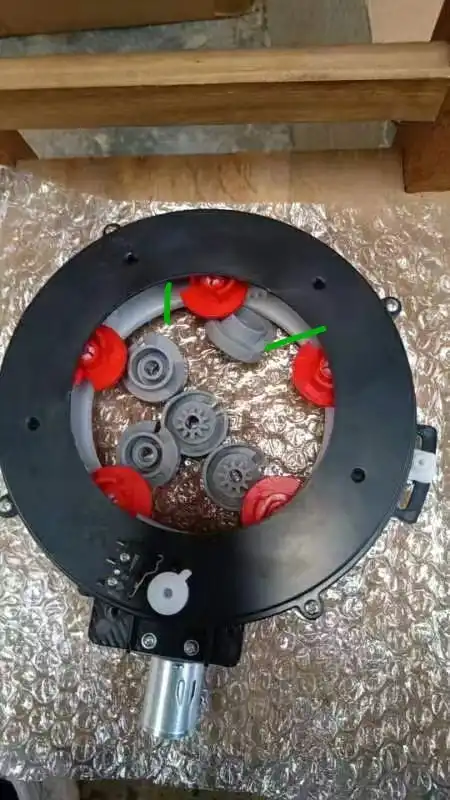
.webp)
